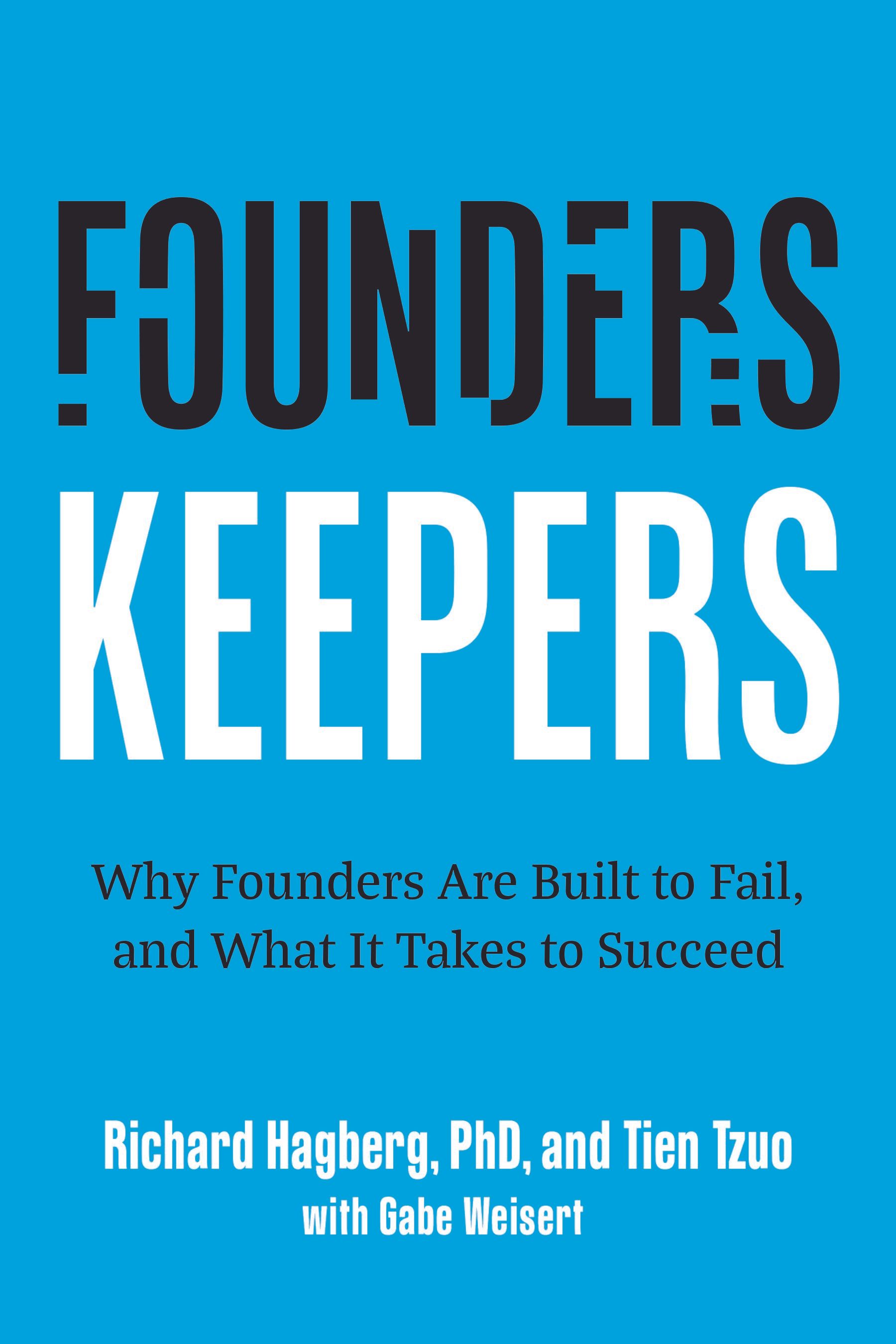Article
The Startup Time Bomb: The Hidden Risks Every Founder Must Defuse

Startups are exhilarating and a killing field at the same time. The rush of launching a new venture, the thrill of rapid growth, and the dream of disrupting entire industries can be intoxicating. Founders, armed with visionary ideas and boundless energy, often seem unstoppable. But lurking beneath this exciting surface is a ticking time bomb—an explosive combination of traits and pressures that can lead to spectacular failure if not carefully managed.
The Dual-Edged Sword of Founder Traits
Founders are often celebrated for their extraordinary vision, creativity, and resilience. These are the qualities that enable them to see opportunities where others see obstacles, to innovate relentlessly, and to push through the inevitable setbacks of startup life. However, these very traits can also be double-edged swords.
Visionary founders, driven by their grand ideas, can become overly focused on their vision to the detriment of practical execution. Their creativity, while essential for innovation, can lead to a chaotic work environment where priorities shift constantly. Resilience can turn into stubbornness, with founders refusing to pivot even when the market signals that it’s time to change course.
The High-Risk Environment of Startups
The startup environment itself is a pressure cooker. Unlike established companies, startups operate with limited resources, intense competition, and an unrelenting demand for rapid growth. Venture capitalists, while providing much-needed funding, often add to the pressure with their high expectations for quick returns. This high-stakes environment exacerbates the natural tendencies of founders, pushing them to their limits.
The high-risk nature of startups means that mistakes can be costly. A single wrong move can derail progress, and the margin for error is razor-thin. Founders must navigate this treacherous landscape while maintaining their vision and motivating their team—a Herculean task that few manage to accomplish without stumbling.
The Transformation from Strength to Liability
One of the most insidious aspects of the startup time bomb is how founder strengths can transform into liabilities as the company grows. In the early stages, a founder’s hands-on approach and intense involvement in every aspect of the business are assets. But as the company scales, this same approach can become a major hindrance.
Founders who fail to adapt their management style often find themselves overwhelmed by the demands of a larger organization. Micromanagement, once a sign of dedication, becomes a bottleneck. The ability to make quick, unilateral decisions, so useful in the early days, leads to inefficiencies and frustration among team members. The very qualities that drove early success can precipitate later failure if not managed correctly.
Defusing the Time Bomb: Strategies for Sustainable Growth
So, how can founders defuse this time bomb?
The key lies in recognizing the need for evolution—both personal and organizational. Founders must develop the self-awareness to understand their strengths and weaknesses and the willingness to adapt their leadership style as the company grows.
- Embrace Delegation: Trusting and empowering a capable team is essential. Founders need to delegate responsibilities and focus on strategic vision rather than day-to-day operations.
- Build Robust Systems: Implementing efficient processes and systems can reduce chaos and improve scalability. This involves moving from an ad-hoc approach to a more structured, process-driven model.
- Seek External Feedback: Regularly soliciting feedback from mentors, advisors, and peers can provide valuable insights and help founders stay grounded.
- Invest in Personal Growth: Continuous learning and development are crucial. Founders should seek out leadership training and be open to coaching and mentorship.
- Balance Vision with Practicality: Maintaining a clear vision is important, but it must be balanced with practical execution. Founders need to be willing to pivot and adapt based on market feedback.
The Path to Longevity
The startup time bomb is not an inevitable fate. By recognizing the risks and proactively addressing them, founders can transform potential pitfalls into stepping stones for long-term success. It’s about striking a balance—maintaining the visionary spark that drives innovation while building the practical foundations for sustainable growth.
Founders who successfully navigate this transition not only defuse the time bomb but also set their companies on a path to enduring success. They learn to harness their strengths without letting them become liabilities, creating a legacy that goes beyond the initial burst of startup energy.
In the end, the journey from a scrappy startup to a thriving enterprise is a marathon, not a sprint. Founders must pace themselves, adapt to changing conditions, and be prepared to evolve. By doing so, they can ensure that their startups don’t just survive but thrive in the long run.
share this
Related Articles
Related Articles





